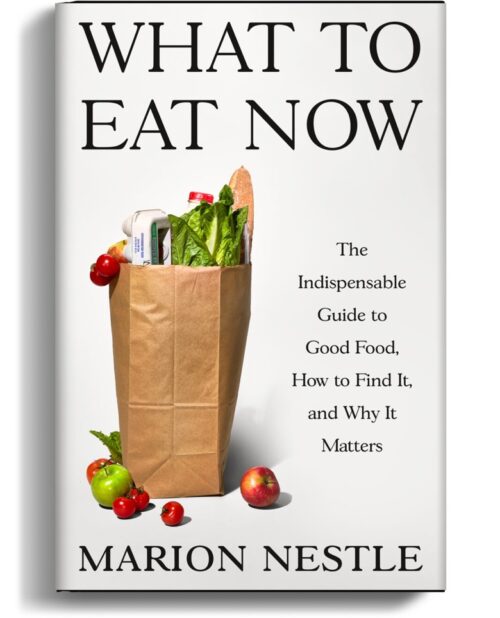Organic standards for fish: postponed
As I explain in What to Eat, USDA’s National Organic Standards Board (NOSB) can’t figure out what to do about certifying fish as organic. Organics are about production methods. Wild fish eat whatever, wherever, and their production is uncontrolled. Farm fish are fed whatever. According to Food Chemical News (June 2), the NOSB held hearings on the use of fish meal and fish oil in organic aquaculture last month and postponed a decision until fall. The issue: is it OK for farmed salmon to “eat meal and oil derived from carcasses, viscera and trimmings from processed wild caught fish certified as ‘organic’ by foreign suppliers,” when there are no U.S. standards for such certification. I’d say no. How about you?


